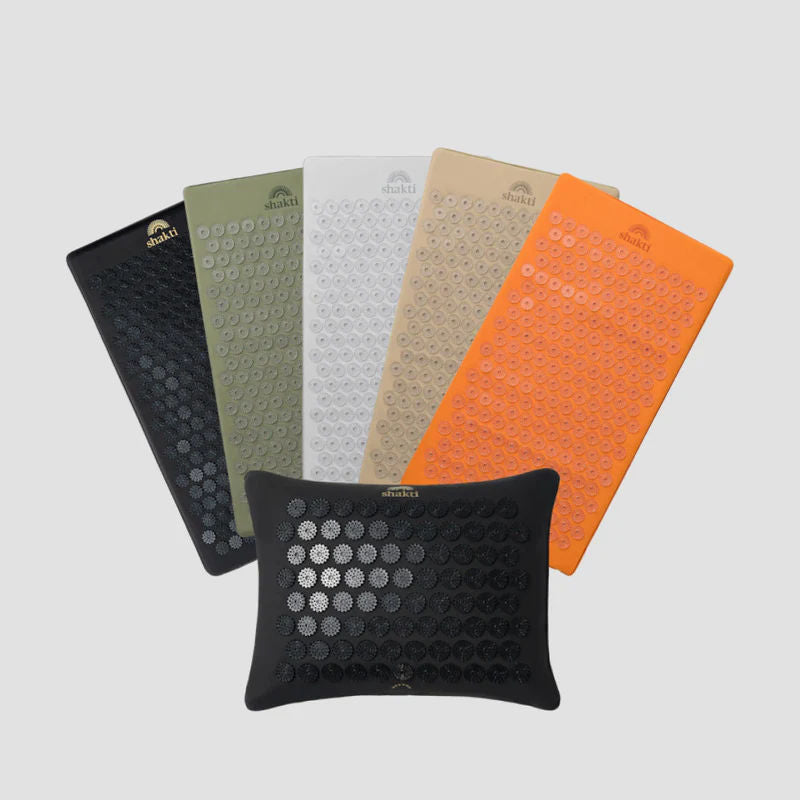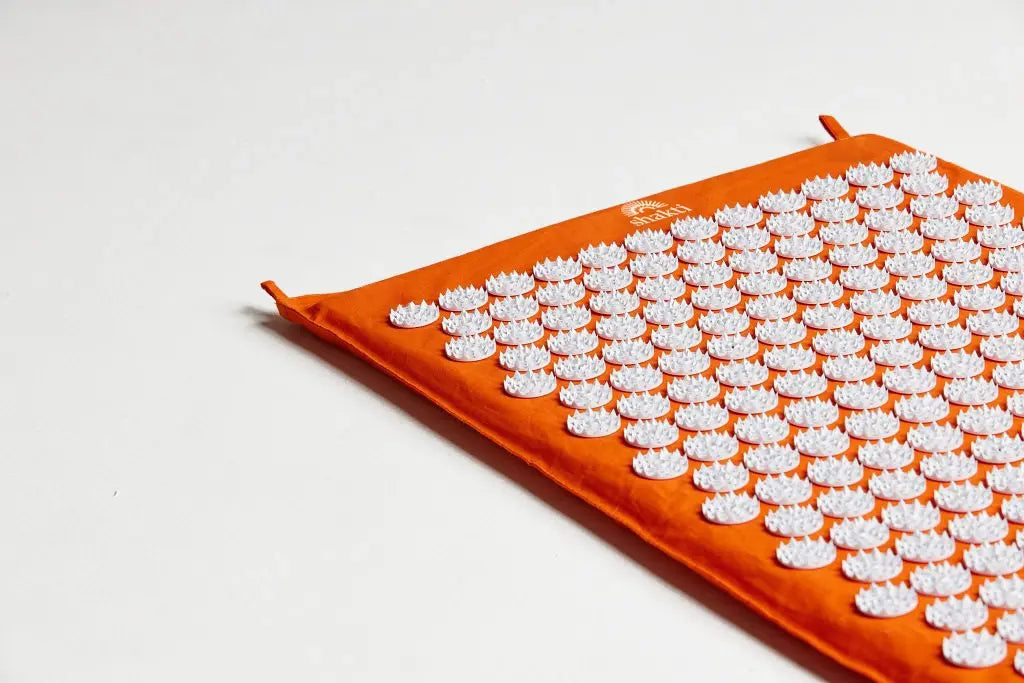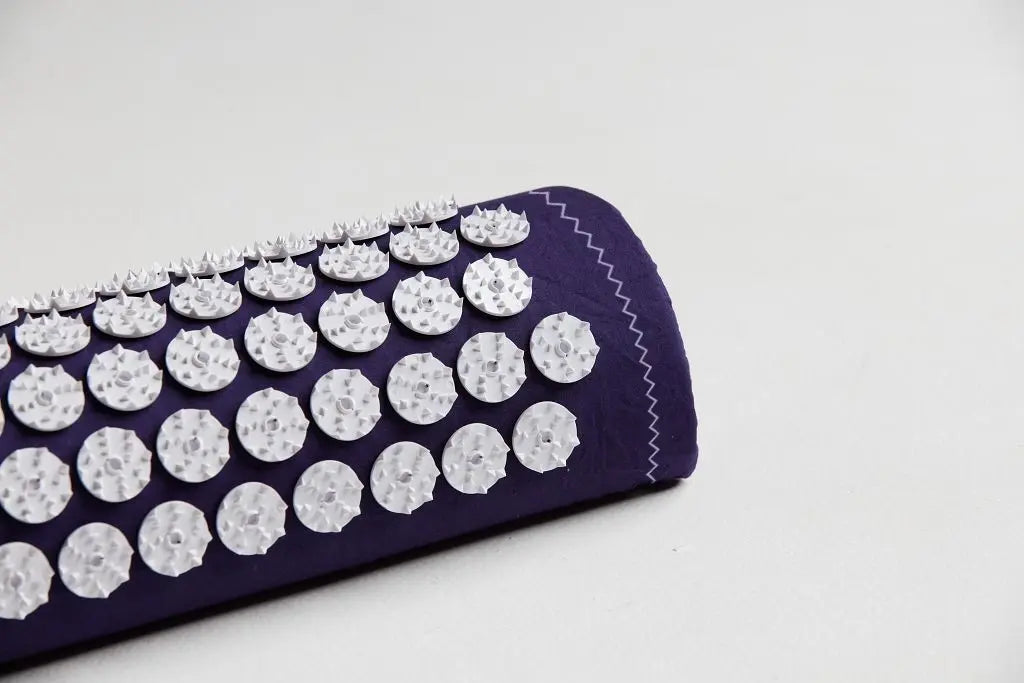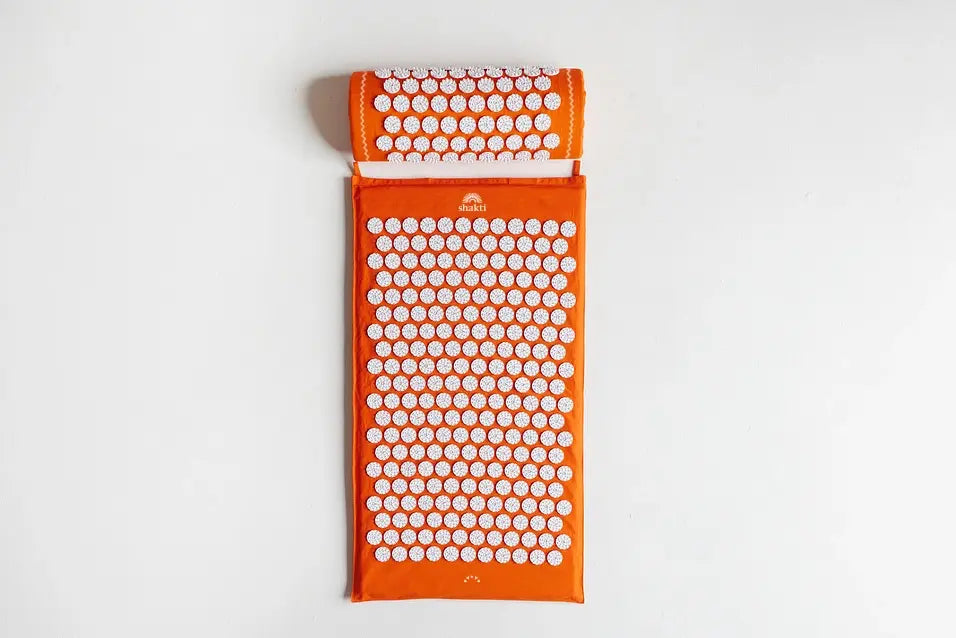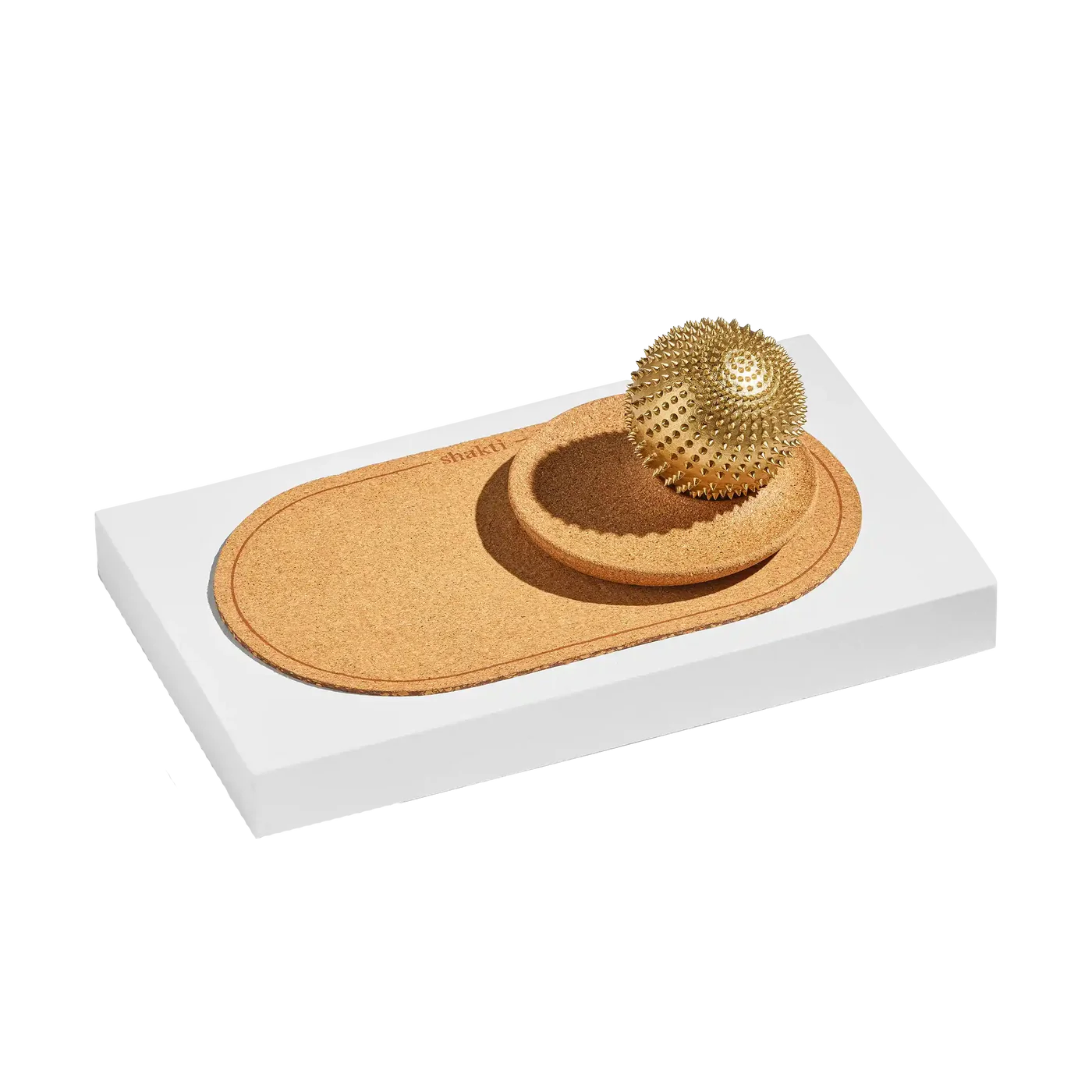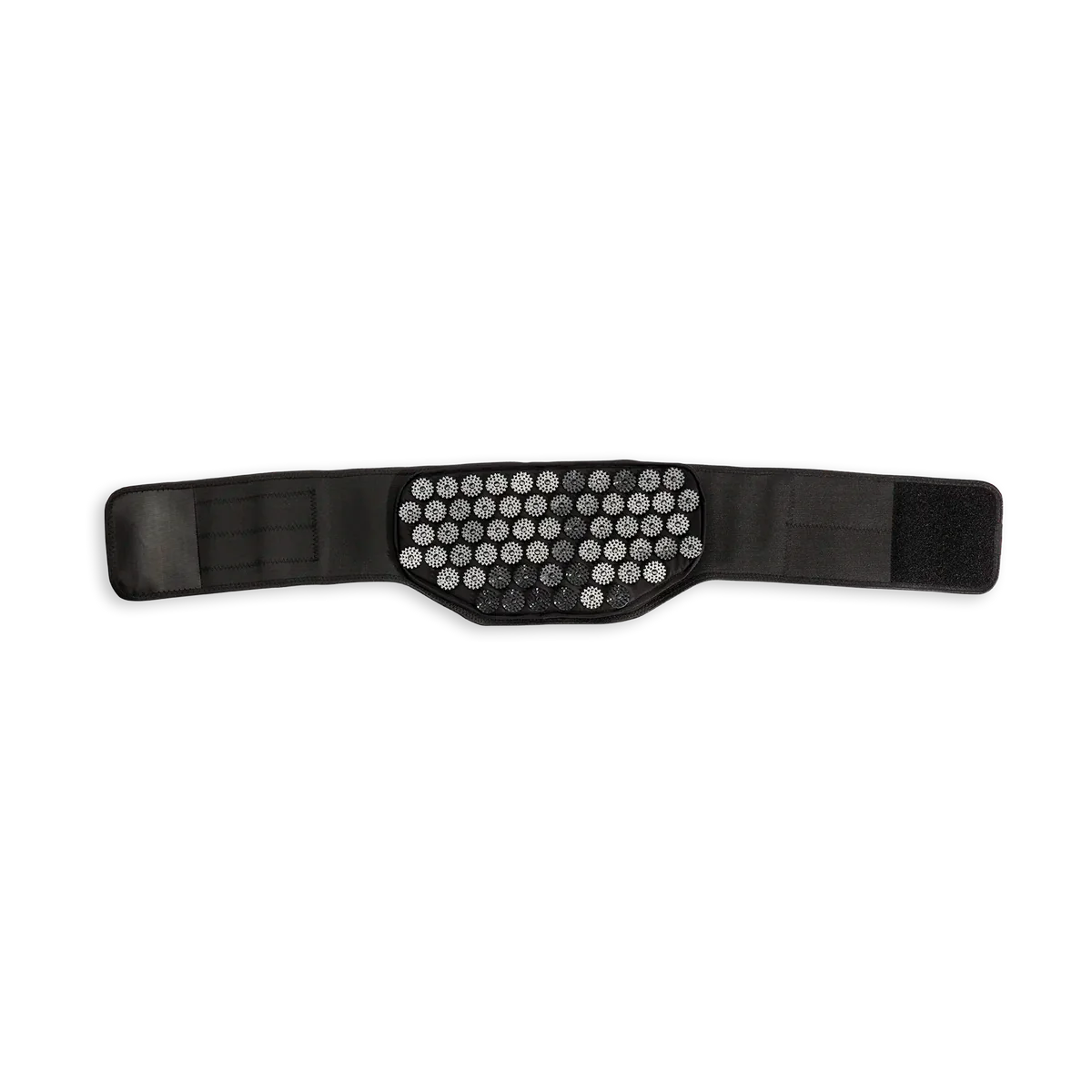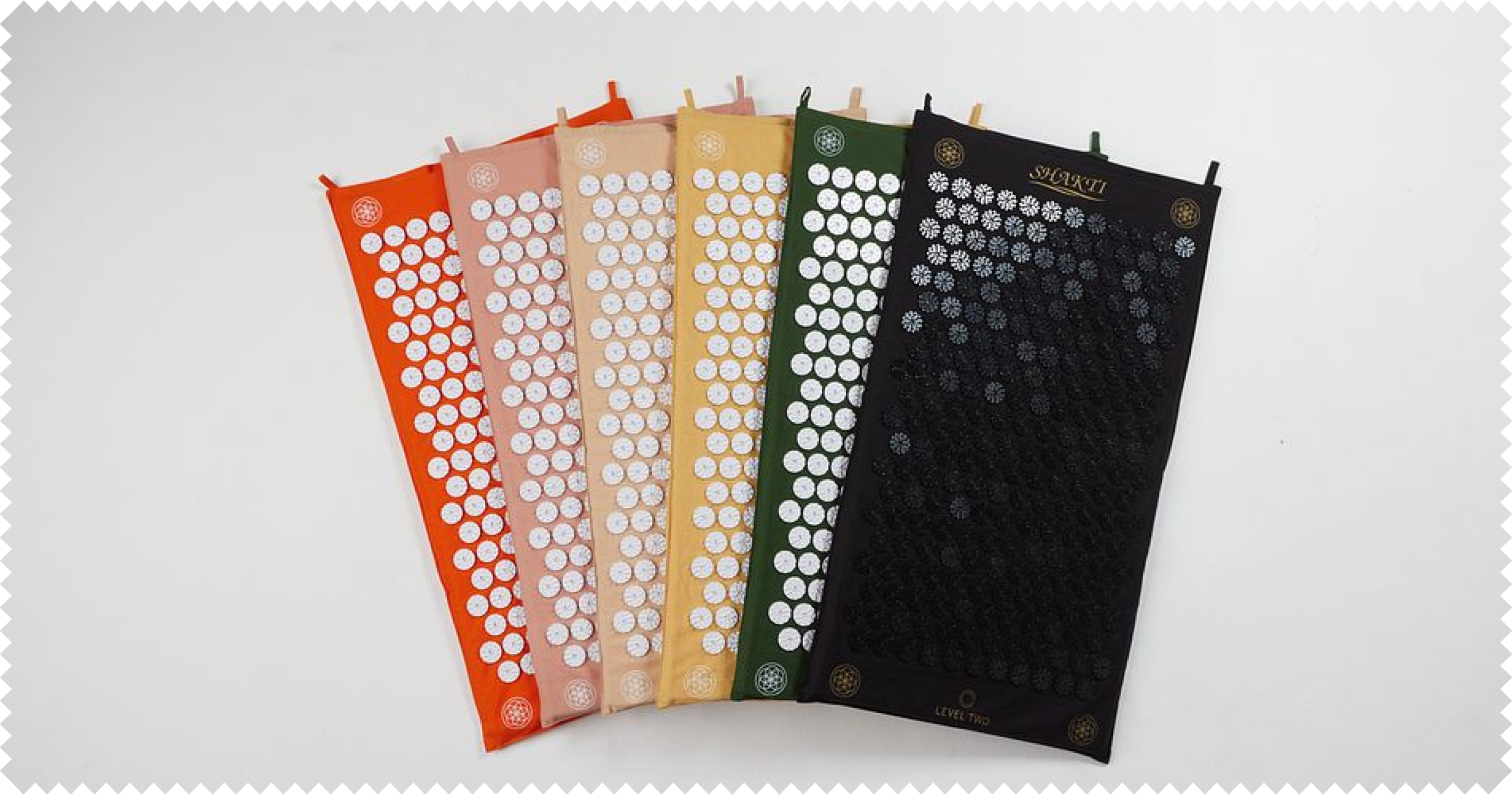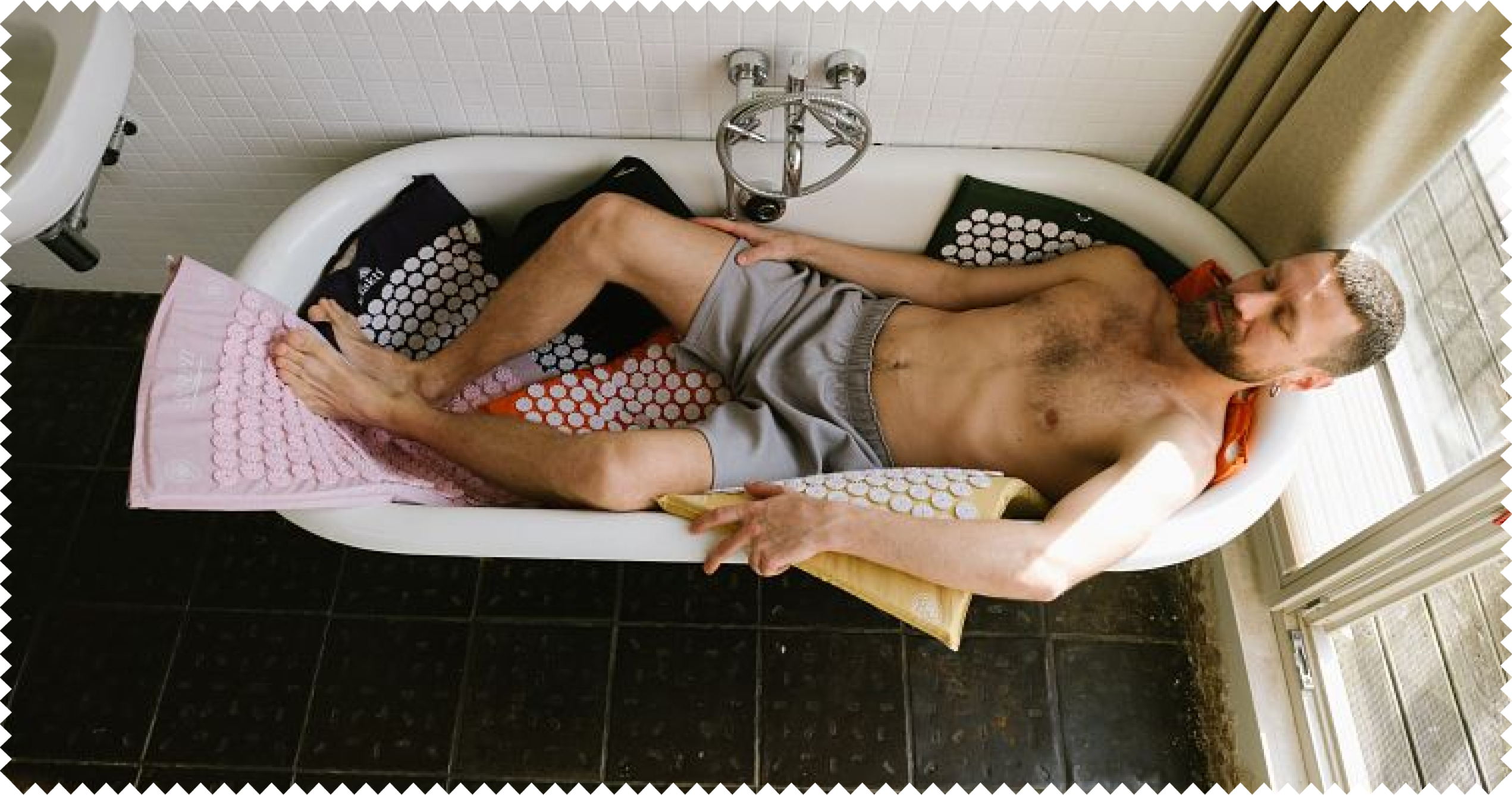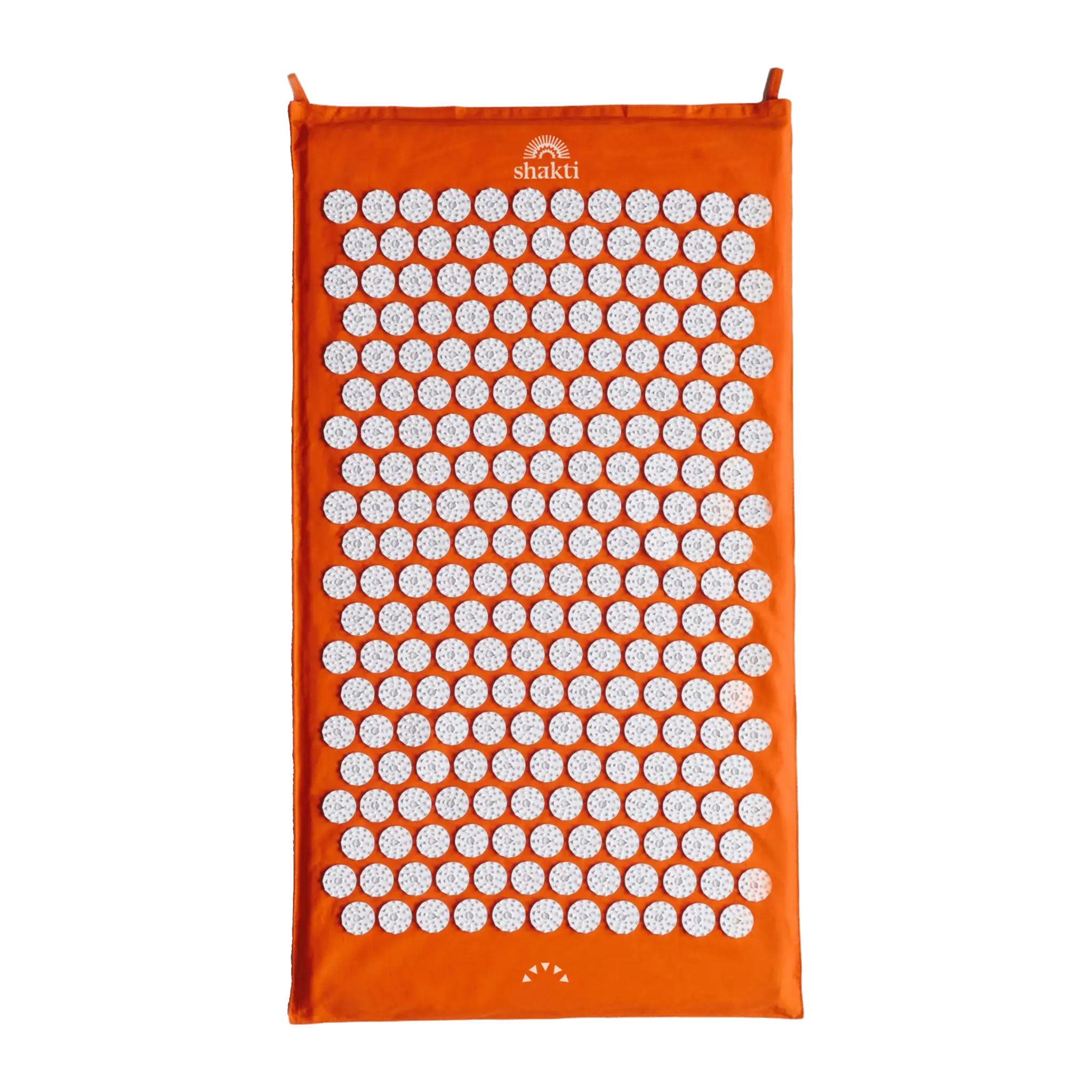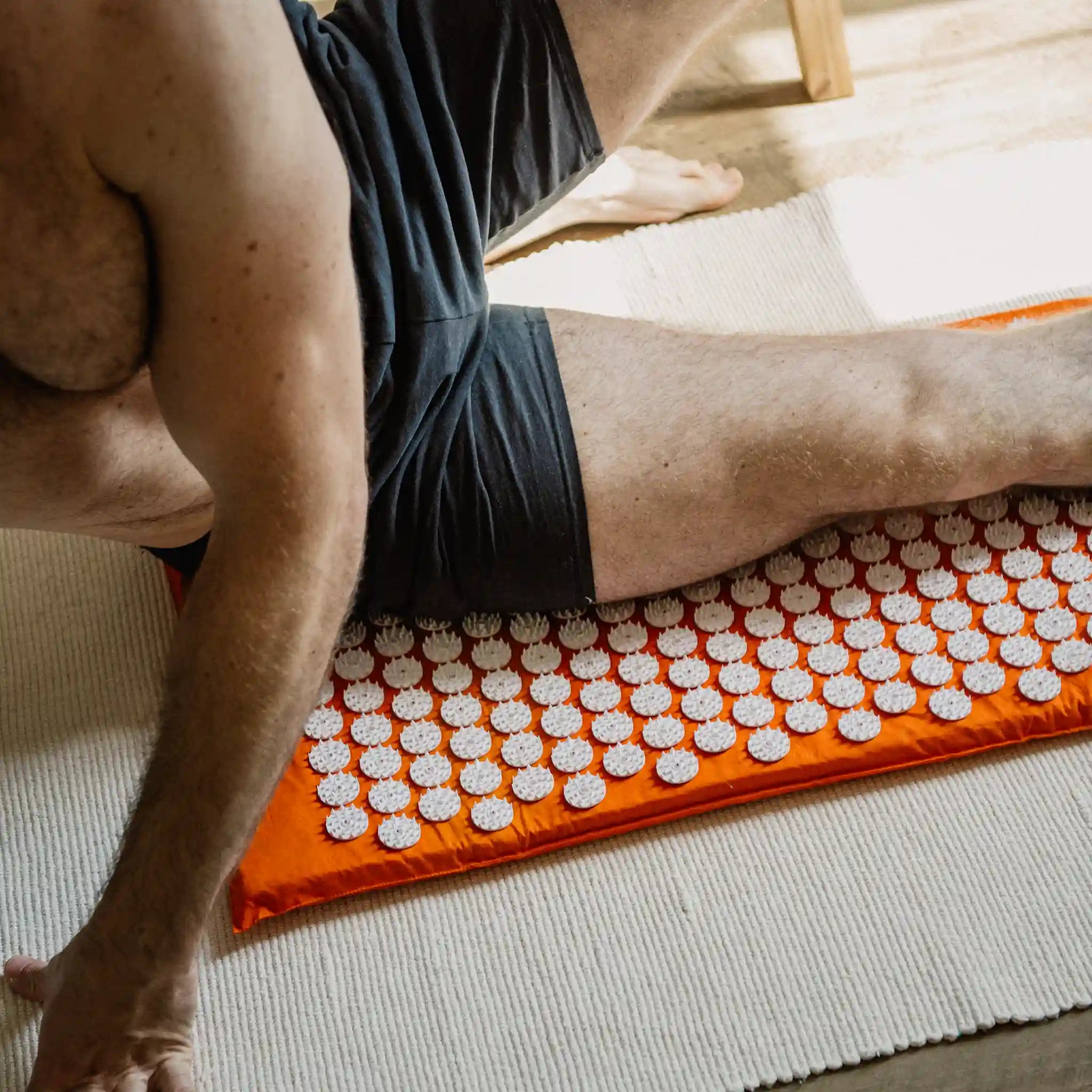Does your flank sometimes pinch when you bend over, walk or even simply turn your upper body? Many people are familiar with this feeling, as flank pain is a widespread phenomenon. The main cause is usually muscular tension caused by hours of sitting at a desk or heavy lifting. For example, you spend a whole day in the garden lifting heavy pots without the right technique? You can already feel your flanks tensing up and causing pain. Or do you regularly sit at your desk for far too long in a hunched posture? In this case too, the constant strain will eventually cause discomfort in your flanks. But don't worry, there are simple ways to alleviate this discomfort yourself. With targeted exercises, relaxation techniques, preventative measures and a little self-care, you can give your body the attention and care it deserves. So, let's find out together how you can free yourself from this annoying pain in the flank area and go through your everyday life with ease again!
Content
5. how to get rid of flank pain quickly
What is flank pain?
We would first like to briefly outline what is generally understood by this pain (keyword: flank pain - symptoms), so that the distinction between this and other problems becomes a little clearer. Flank pain generally refers to pain that occurs in the lateral area of the upper body between the ribs and the pelvis. Imagine drawing a line from the ribs to the hip on the side of the body - this is the area where flank pain can occur. This pain can occur on both the left and right side and can have different causes. So much for the question: Where can flank pain be felt in the body? In the following, we will focus on the primary cause of flank pain, namely the one that you can tackle very well through self-treatment: Muscle tension. We will provide you with five exercises suitable for everyday use as well as numerous prevention tips. Let's go!
Flank pain: cause
For the sake of completeness: The causes of flank pain can also be medical problems such as kidney stones, kidney infections, urinary tract infections or orthopaedic problems such as slipped discs. A strong and prolonged cough can also lead to very unpleasant pain in the flank. We are all familiar with this flank pain when coughing or flank pain when inhaling. And that almost brings us to the actual topic: the main trigger for pain in the flanks is in your muscles. This is muscular tension that can be caused by incorrect posture, overloading or repetitive movements. For example, sitting at a desk for hours in a bad posture or lifting heavy objects without the right technique - or coughing all day. These activities, as varied as they may be, can lead to tension that causes flank pain on both sides or one side. The good news is that if your flank pain is muscular, whether it's left flank pain or right flank pain, you can take action yourself.

Flank pain due to tension
Flank pain caused by tension is a common and often underestimated phenomenon that many people experience in everyday life. If you spend most of your day at your desk (in a hunched posture), you neglect your back muscles. Over time, these repetitive bad postures can lead to tension in the flank area, which causes pain. Overloading or one-sided strain can also lead to tension and pain. Think of situations in which you only carry heavy shopping bags on one side or make unusual movements or jerky turns during sport that overload the muscles on the side. Such activities can lead to muscle tension that manifests as unilateral flank pain, often a pulling, stabbing or pressing pain in the side of the upper body. This pain can vary from mild to intense and can spread to other areas of the body, such as the lower back or hips. This "radiation", which is caused by the interaction of different muscle groups, can sometimes make diagnosis difficult. In everyday life, these symptoms can limit your mobility, affect your daily activities and lead to a reduced quality of life.
Fortunately, there are various approaches to treatment and prevention. Taking regular breaks and changing your sitting position during the working day can help to avoid one-sided strain and relieve the strain on your muscles. Our tip: Incorporate short stretching and relaxation exercises into your daily routine, especially at your desk, to loosen up your muscles and prevent tension. Physiotherapeutic measures, such as targeted exercises to strengthen and mobilize the back and abdominal muscles, can also help to relieve tension and alleviate pain. We will come to this in more detail in a moment. In addition, techniques such as massages, heat applications or acupuncture (e.g. on an acupressure mat) can provide valuable support to relax the muscles and promote blood circulation. Through conscious posture, regular exercise and targeted measures to relax and strengthen the muscles, you can actively contribute to prevention and treatment. However, if you have persistent or severe flank pain, it is advisable to consult a doctor or physiotherapist to clarify the cause and receive an individual treatment plan.
Flank pain with movement
Flank pain after sport or during exercise can be unpleasant and severely restrict you in everyday life - not only during sporting activities, but even during simple activities. One of the most common causes is overloading or unaccustomed training that puts strain on certain muscles in the flank area. Imagine starting an intense workout after a long break or performing a new exercise that works your lateral abdominal muscles. These changes can lead to muscle soreness or tension in the flanks. An inadequate warm-up phase before sporting activities can also lead to flank pain during exercise. This often manifests itself as pulling, stabbing or cramp-like flank pain on the right or left side of the upper body, especially during certain movements such as twisting or leaning to one side. In everyday life or during sports, these symptoms can cause you to avoid certain activities or adjust your movements to minimize the pain. This may help you in the short term, but it can lead to muscular imbalances in other areas. It's better to do something about the pain in your flank area.
The treatment and prevention of left or right flank pain during exercise can be supported by various measures. A targeted warm-up phase before sporting activities or intensive movements can help to warm up the muscles, promote blood circulation and reduce the risk of injury. You may want to start incorporating dynamic stretching exercises and a light cardio warm-up into your training routine to prepare your muscles for the workout ahead. In addition, techniques to strengthen and mobilize the lateral abdominal and back muscles can help prevent pain in the flank. A balanced workout that strengthens the entire core muscles and promotes good posture can distribute the load on the flank muscles and reduce the risk of strains or pulled muscles. And that's exactly what we're going to do now!

This way you can get rid of flank pain quickly:
Pain caused by tension can be a real nuisance, especially in the flank area, and can restrict your daily activities. So the question inevitably arises: what to do about flank pain? The answer is: there are effective exercises that can help you release this tension and thus relieve your pain. They are primarily aimed at loosening, stretching and strengthening the affected muscles. You can do the following quick and easy exercises as part of your daily routine so that pain in the flank (right or left) is soon no longer an issue for you:
- Side torso stretch: Stand upright and stretch one arm over your head to the opposite side. Gently lean to one side until you feel a stretch in your flank. Hold this position for 20-30 seconds and then switch sides. This stretch helps to relax the lateral abdominal muscles and relieve tension - even if you have flank pain on both sides.
- Back stretch: Lie flat on your back and pull your knees towards your chest. Hug your knees and roll gently from side to side to loosen your lower back muscles. Feel how you gently release tension and blockages in your back and feel freer. In this way, you can relieve flank pain on the right (caused by tension) and also alleviate flank pain on the left or in the back.
- Pelvic lift: Stay in a supine position with your knees bent and your feet flat on the floor. Now slowly lift your pelvis off the floor and tense your gluteal muscles. Hold the position briefly and lower your pelvis again. This strengthens the muscles in the pelvic area and promotes blood circulation.
- Spinal rotation: Sit on a chair or stool and slowly turn your upper body to one side while placing your hands on the opposite side of the chair. Feel the gentle stretch in your flank and back. Hold the position for a few seconds and then switch to the other side. This exercise promotes mobility in the spine and helps to relieve tension.
- Acupressure: Finally, we have a very special tip for you. An acupressure mat can also relieve muscle tension in a natural and effective way. Simply lie down on the numerous small spikes and let the gentle pressure work its magic on your body. This promotes blood circulation and relaxes the muscles. You will feel more relaxed and pain-free after just a short treatment. Used regularly as a short break, acupressure is a simple and effective method to not only reduce tension but also increase your general well-being. The great thing is that you can have a short session on the acupressure mat anytime and anywhere.
Our extra tips for you:
- Make sure you breathe calmly and evenly during the exercises. Imagine how you release tension and recharge your batteries with every breath.
- Listen to your body and don't overdo it. Start with gentle movements and slowly increase the intensity and duration of the exercises to avoid overloading.
- Do the exercises regularly to achieve long-term results. Every day you will get one step closer to your goal of a pain-free and flexible flank area.
- If you decide to start a routine with the acupressure mat, as a beginner you should first use a mat with as many points as possible. This distributes your body weight better and the effect is gentler. Advanced users can then switch to mats with fewer spikes.
- Always remember that you are not alone with your pain. With the right approach, patience and motivation, you can do something good for your body. With every exercise, you will feel freer, more flexible and pain-free. We wish you every success!


